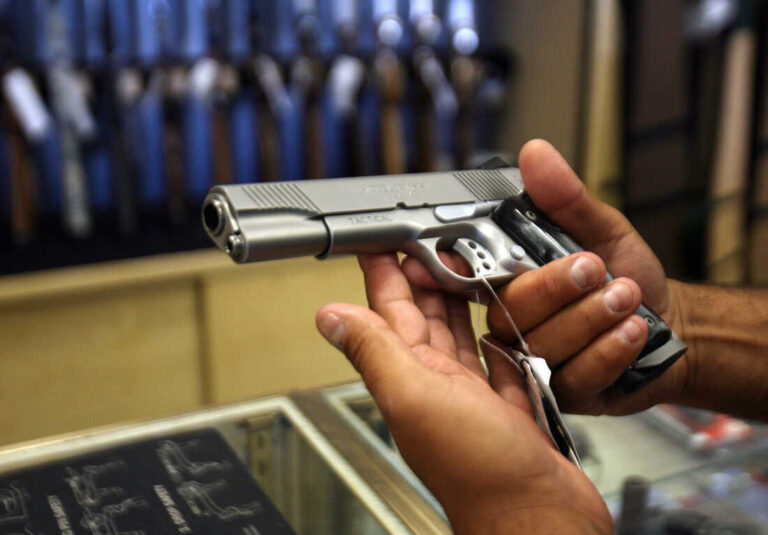Navigating the world of personal protection pistols requires understanding various aspects such as caliber, size, ergonomics, and the laws surrounding concealed carry. Here our aim to equip you with the knowledge needed to make an informed decision when choosing a pistol for personal protection.
Understanding Caliber
The caliber of a pistol refers to the diameter of the barrel and, consequently, the size of the bullet that it fires. Common calibers for personal protection include .380 ACP, 9mm, .40 S&W, and .45 ACP. Each caliber offers a balance of recoil, capacity, and stopping power.
- .380 ACP: Known for its low recoil, the .380 ACP is ideal for smaller pistols, making it a popular choice for concealed carry. However, its stopping power is less than larger calibers.
- 9mm: This caliber strikes a balance between size, recoil, and stopping power, making it one of the most popular choices for personal defense. It offers higher magazine capacity and is used by numerous law enforcement agencies worldwide.
- .40 S&W: With greater stopping power than the 9mm, the .40 S&W offers a good balance but with slightly more recoil. It’s a popular choice among law enforcement and for personal protection.
- .45 ACP: Known for its stopping power, the .45 ACP has a heavier recoil and generally lower magazine capacity. It’s preferred by those who prioritize stopping power over capacity. The Springfield XDS 45 is an example of a compact .45 ACP designed for concealed carry without compromising on power.
Size and Concealability
Pistols come in various sizes, each serving different needs in terms of concealability and ease of carry:
- Full-size: These pistols offer the highest magazine capacity and are easier to shoot due to their size, which reduces recoil. However, they are more challenging to conceal.
- Compact: Compact pistols are a compromise between concealability and shootability. They are easier to conceal than full-size pistols while still offering a good grip and magazine capacity.
- Subcompact: Designed for concealed carry, subcompact pistols are easy to hide on one’s person but have smaller magazine capacities and can be more challenging to shoot accurately due to their small size.
Ergonomics and Handling
The feel of a pistol in your hand is crucial. Ergonomics can affect your ability to draw, aim, and fire accurately under stress. When selecting a pistol, consider the grip size, trigger reach, and the pistol’s weight. A pistol that feels comfortable and natural in your hand is more likely to be one you will practice with regularly, which is essential for proficiency in personal defense situations.
Training and Practice
Owning a pistol for personal protection requires commitment to regular training and practice. This ensures familiarity with your firearm, including safe handling, accuracy, and the ability to react under stress. Consider enrolling in defensive shooting courses that offer scenario-based training to simulate real-life situations.
Legal Considerations
The laws governing the carrying of concealed weapons vary significantly by country, state, and even city. Before purchasing a pistol for personal protection, familiarize yourself with the local laws regarding concealed carry permits, firearm registration, and any restrictions on specific types of firearms or calibers. Additionally, understand the legal implications of using a firearm in self-defense, including the principles of justifiable use of force.
Maintenance and Storage
Proper maintenance and storage are essential for ensuring the reliability and safety of your pistol. Regular cleaning and inspection can prevent malfunctions and accidents. Equally important is secure storage to prevent unauthorized access, especially in homes with children or visitors.
Making Your Choice
When selecting a personal protection pistol, balance your needs for concealability, caliber, ergonomics, and personal comfort. Visit gun ranges that offer rental options to test different models and calibers. This hands-on experience is invaluable in making an informed decision.
Conclusion
Choosing the right pistol for personal protection is a significant decision that requires careful consideration of various factors. By understanding the nuances of caliber, size, ergonomics, and legal requirements, and committing to regular training, you can select a firearm that provides confidence and security. Remember, a pistol is a tool for defense, and its effectiveness is largely dependent on the user’s proficiency and judgment. Always prioritize safety, both in handling and in the decision to use force in defensive situations.


